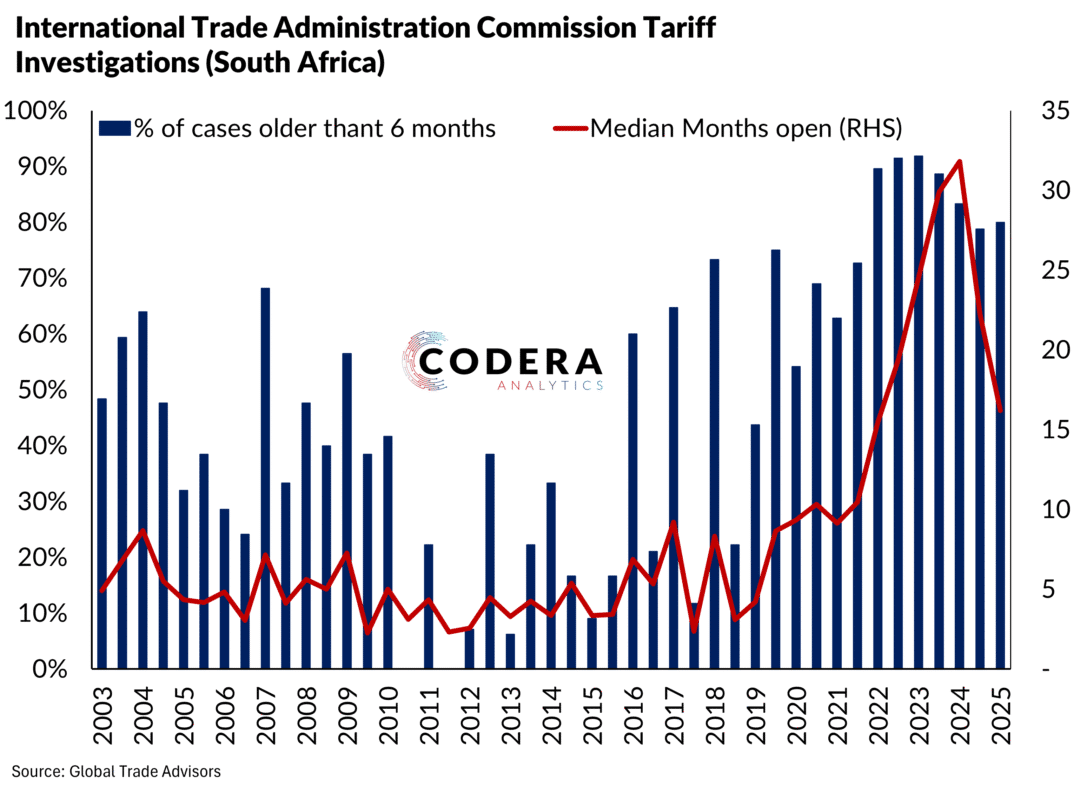‘Fiscal space’ refers to the extent to which there remains fiscal resources for fiscal policy to respond to unexpected shocks. The chart below calculates an indicator of the cyclical fiscal stance (i.e. the main budget fiscal balance adjusted for the impact of the business cycle on revenue and expenditure). Using the Treasury’s projections, we produce a projection of the cyclical component of expenditure and taxes using data as available at the time when each budget was published.
The measure suggests that the fiscal stance has remained less prudent (i.e. more negative) since the Global Financial Crisis (GFC). Whereas fiscal policy was broadly counter-cyclical ahead of the GFC (with the output gap and fiscal stance having the same signs and the fiscal stance being more positive than the output gap), post-GFC fiscal policy eased and remained somewhat easy even as the output gap has narrowed to close to zero.
The blue line is the latest IMF estimate of the cyclically adjusted primary balance, which suggests the fiscal stance was less prudent than if a simple statistical filter is used to assess the state of the economy. Looking ahead, the IMF assumes fiscal policy will become more stimulative still.

Footnotes
This post looked at the real-time properties of output gap estimates.
This post shows that the Budget Review text changed little between Budget 1.0 and 2.0.
The data used is from EconData, which provides historical vintages of South African macroeconomic and Budget Review data.

